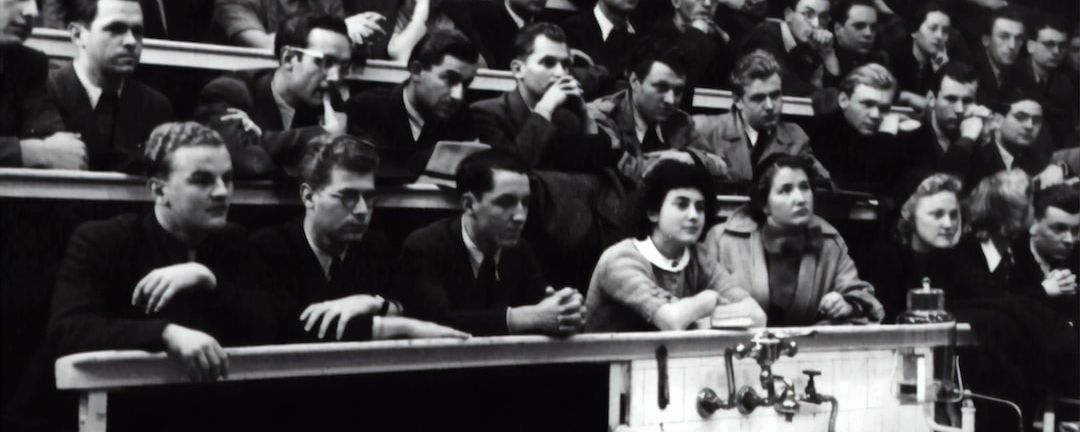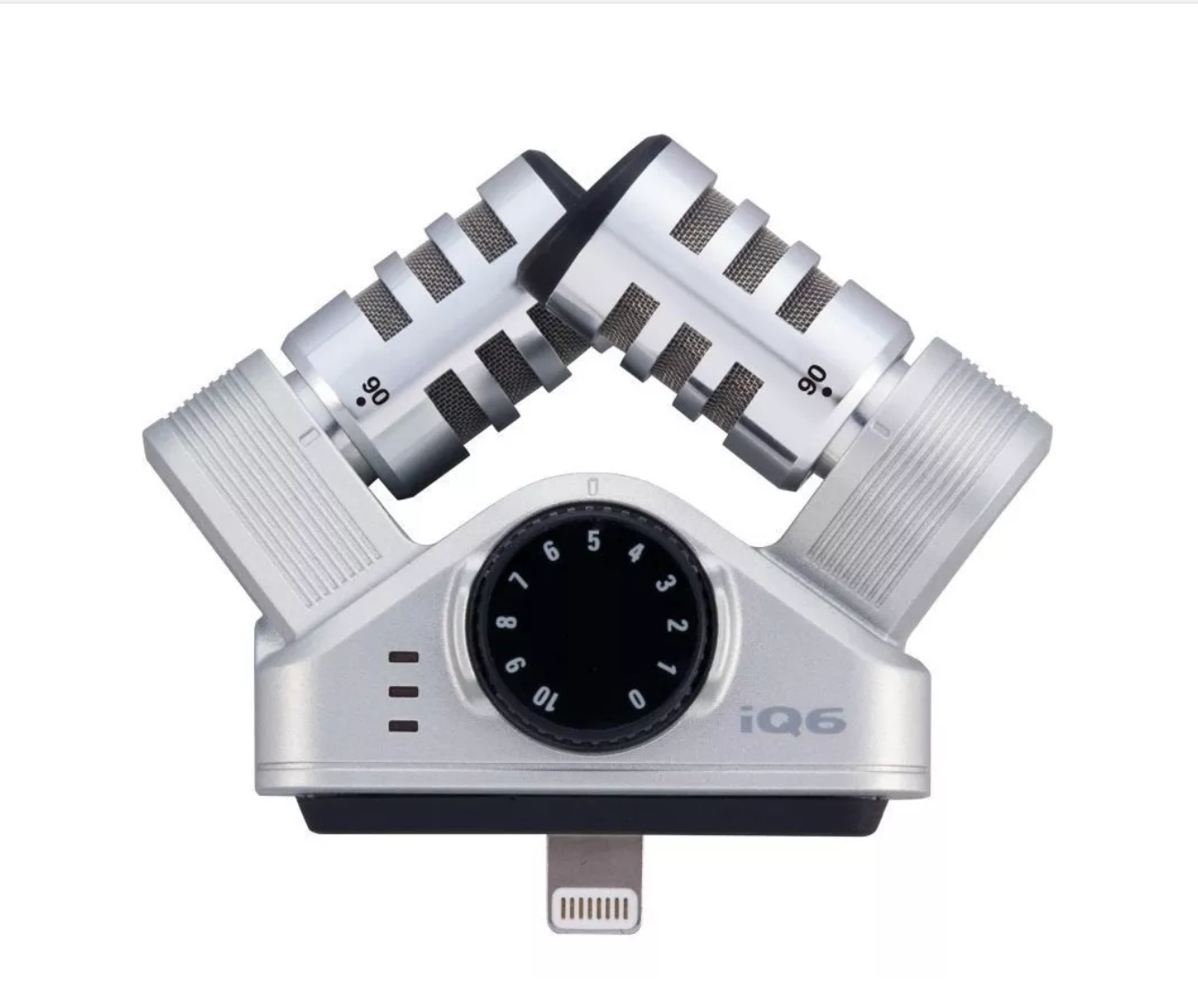How To Record and Transcribe an Academic Lecture

You probably already know that there are many benefits to recording an academic lecture. For one, recording an academic lecture can help you capture everything that the professor says. This is useful when the professor’s accent is difficult to understand, the content is complex, or you're feeling under the weather.
A captured lecture that is transcribed can also help create searchable notes, provide a comprehensive study aid, reduce classroom anxiety, and provide back up notes.
But what are the best practices for recording an academic lecture?
By following these simples steps, you can ensure that you get the most from recording your academic lecture:
Get Permission From Your Professor.
This might surprise you, but not all professors will allow the recording of their lectures. Many are concerned about the possible distribution of their intellectual property or even the distraction it might cause the classroom.
However, the increasing use of recording devices in the classroom and the move to online classes has lead many colleges and universities to issue formal policies on this practice. So, as a first step, check to see if your institution has any regulations with regards to recording academic lectures.
If there isn’t one, you will need to approach each of your professors individually to ask for permission. If you have a disability, such as being hard of hearing or dyslexia, be sure to mention this to your professor as it may bolster your case for why you want to record the class.
Purchase The Right Equipment.
Whilst many laptops and smartphones have built in microphones and recording devices, they are not sophisticated enough to capture a good quality recording of your academic lecture. And a good quality recording is essential to obtain the most accurate audio to text transcription available.
To get a good quality recording either invest in a hand-held recording device or purchase an external microphone for your smartphone.
If you have an iPhone, an excellent external microphone choice is the Zoom iQ6. The Zoom iQ6 easily connects to your iPhone via the lightning port. The best part is it’s small enough to slip into your pocket or keep floating around your handbag. Retailing at around US$100, it isn’t the cheapest on the market, but it is great for the on-the-go.

Alternatively, invest in a hand-held recording device.Tascam DR-05X. Gear Rank selected the Tascam DR-05X as one of its finalists for the best portable digital audio recorder for 2020.Retailing around US$120, TASCAM’s DR- 05X records in MP3 or WAV format direct to microSD (64MB to 3GB), microSDHC (4GB to 32GB), or microSDXC (up to 128GB) cards . This update on the DR-05 boosts improvements in software and hardware with better storage options, better battery life (17.5hours), and a newly designed microphone.

Practice Using Your Equipment
If you do purchase a hand held recording device or an external microphone to record your lecture, it is advised that you practice using the equipment before you record your first lecture.
One of the first things you should test is the how close the speaker needs to be to the equipment to pick up a high quality recording. You can test this by standing at various distances from your equipment and doing a test recording.
You will also want to make sure that your equipment doesn’t make any sounds or produce any flashing lights that may disturb other students or your professor. Where possible, disable sounds and lights.
Finally, make sure your equipment is fully charged/has new batteries and enough storage space to record the entire length of the lecture.
Sit Up Close
Even if you have an external microphone or a good quality hand held recorder, you are not going to capture everything the professor says if you are siting at the back of the lecture hall. Therefore, try to sit in the first couple of rows and choose a seat were there aren’t too many other people around you, as they might move around a lot causing background noise that will effect the quality of your recording.
Once the lecture is over, just be sure to stop the recording and save the audio file.
Have Someone Else Transcribe the Audio to Text
Yes, you can manually transcribe the audio to text yourself. However, it takes approximately 4 hours for every 1 hour of audio. You’re a busy college student with lectures to attend, papers to write and parties to go to. You don’t have time to listen, pause, type, rewind and listen again to a lecture you’ve already heard.
A better alternative is to use an automatic transcription service provider, like Happy Scribe, to do the audio to text transcription for you. They can turn around the same 1 hour of audio to text in just a couple of minutes. Leaving you lots of extra time to sleep or scroll through Instagram.
Don’t Distribute Online
Many professors consider their lectures intellectual property and would consider broad distribution of their lecture and your audio to text transcription an infringement of copyright.
Therefore, do not upload your video and transcript to YouTube or post it to any other online forums.
Using these five simple steps will ensure that you get the most from recording of your academic lecture.
Do you use automatic transcription any other way to help with your academic life? Drop us a line to let us know.

André Bastié
Hello! I'm André Bastié, the passionate CEO of HappyScribe, a leading transcription service provider that has revolutionized the way people access and interact with audio and video content. My commitment to developing innovative technology and user-friendly solutions has made HappyScribe a trusted partner for transcription and subtitling needs.
With extensive experience in the field, I've dedicated myself to creating a platform that is accurate, efficient, and accessible for a wide range of users. By incorporating artificial intelligence and natural language processing, I've developed a platform that delivers exceptional transcription accuracy while remaining cost-effective and time-efficient.